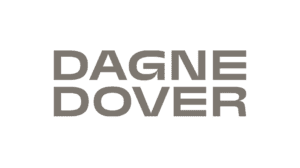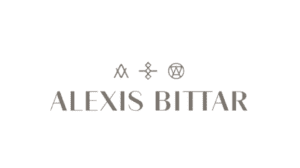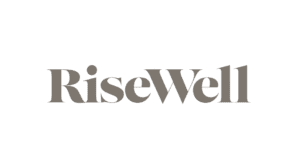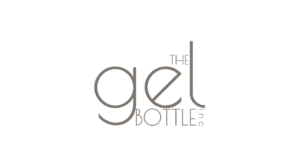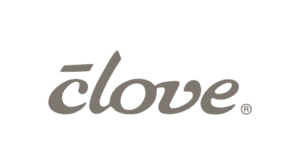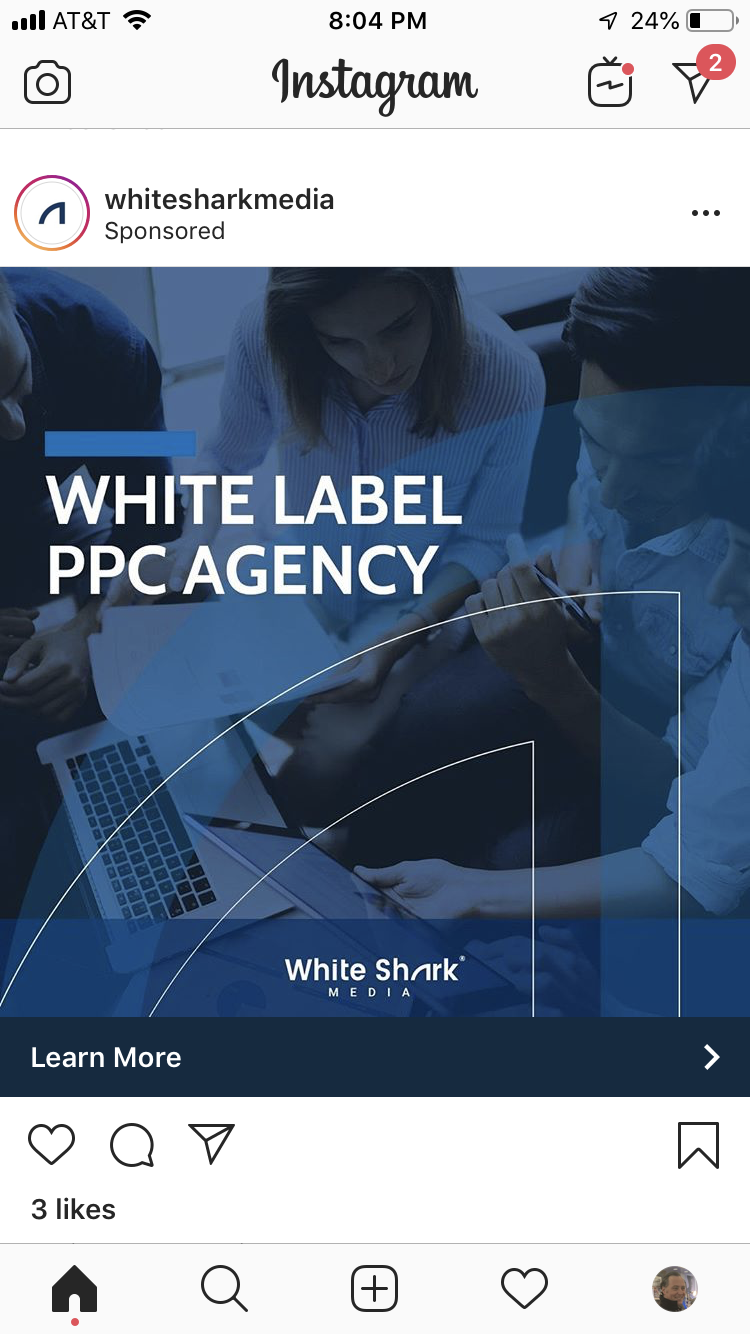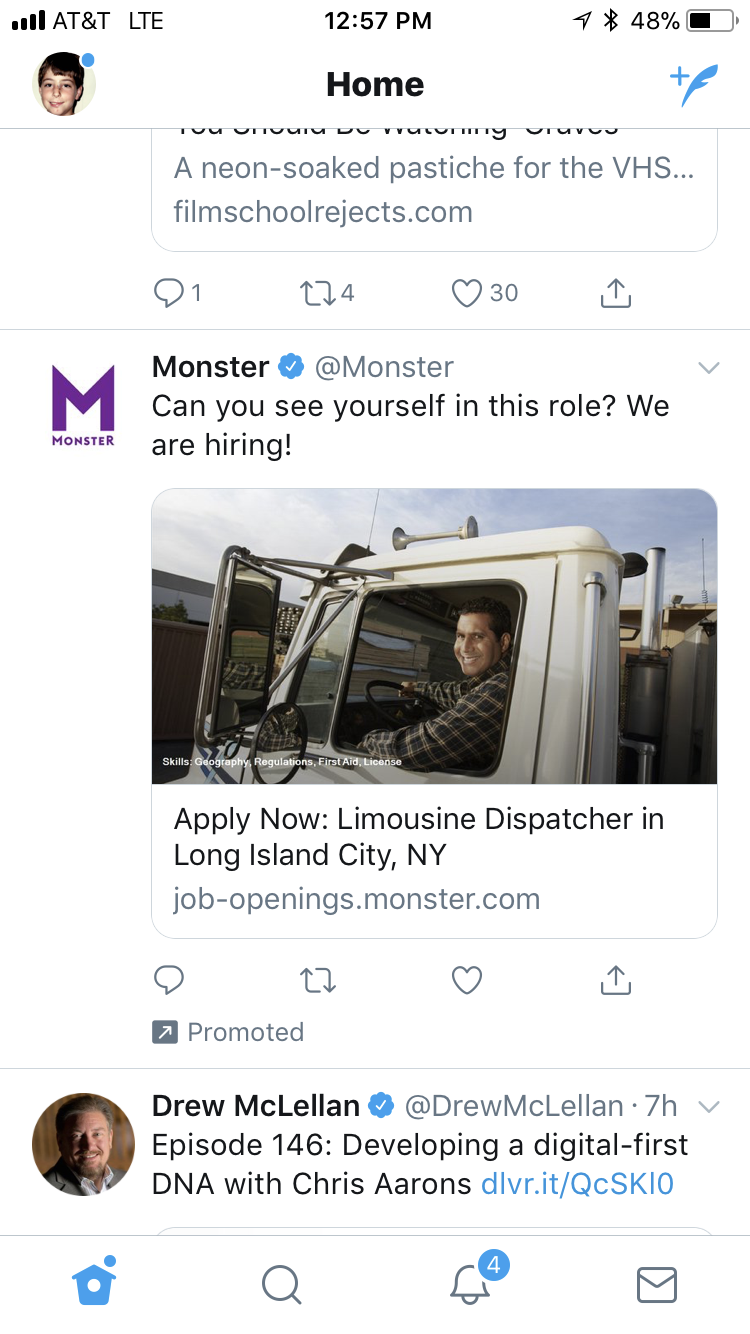One of the most common questions we get from prospective clients is “What is the difference between Paid Media and SEO?” To answer this question simply, Paid Media is when you pay for your position on SERP (Search Engine Ranking Page) or other media channels. SEO, or search engine optimization, is the process of increasing the quality and quantity of traffic to your site and ranking on SERP organically.
For emerging brands, or brands who are looking to partner with a digital marketing agency for the first time, jumping into too much at once can be daunting, or sometimes even impossible due to limited budgets. In this article, we have highlighted the main benefits of each service, Paid Media and SEO, to help you decide which service (or both) is the best fit for your business.
Renting Your Apartment or Owning Your Home?
We use a special analogy when making a distinction between Paid Media and SEO. Paid Media services are very similar to renting your apartment. You are paying monthly for a great location and easy access to everything you need. However, as soon as you stop paying your rent, you get kicked out and can no longer enjoy that perfect location.
SEO services are similar to buying your home. Yes, you do have to save up for a little while, and take care of a few monthly responsibilities to keep up with, like mortgage payments and electric bills. However, you own this home, and no one can kick you out.
Paid Media is a temporary location, and you can only stay at the top of SERP if you are paying every-time someone clicks on your ad – whether they buy your products or services, or not. Once you stop paying for your top spot, you no longer show up for any searches. SEO is more of a long-term effort, however once you have secured your spot on SERP, you will maintain your position even if you stop making optimizations for a few months.
Is Paid Media What Your Business Needs?
Paid Media has a lot of positive benefits. The number one reason why most people use it is because of the instant results they get. As soon as you start paying for your ads, you will get eyeballs and clicks (learn more about Pay-Per-Click Marketing).
Paid Media gives you more control, and immediate results.
Audience targeting and control are other great benefits of using Paid Media. You can control who sees your ads and when, in what geographic area, and what keywords your ad shows up for. Having the control over when your ads are showing and who sees your ads is a major advantage.
Scalability is very important, especially in today’s world. Unexpected events arise and sometimes, you have to scale back marketing efforts to move funds to other areas. Paid Media is great for being able to scale your spending, and whether you have a sizable budget or not, you are most likely to see results.
SEO Has its Pros, Too
SEO is a great option for businesses that are looking to get more exposure. There are a few different aspects to SEO, including onsite optimization, offsite optimization, and technical SEO. All of these different aspects will help with your organic strategy and improve rankings on SERP so new customers can discover your product or service.
SEO is a great option if you are looking to get more exposure.
Many searchers know that the top three results on SERP are always going to be paid ads. If you don’t know, all paid advertisements on Google search results page have a little “Ad” icon next to the result. Knowing this, they usually scroll right past them to the first organic result. In doing so, these searchers are aware that your site is credible in the eyes of Google, and credibility goes a long way. When searching on any search engine, most people know that sites on the first page of organic search results are the most credible and trustworthy.
When it comes to budget, SEO is often more cost effective than Paid Media. You are not going to pay every-time someone clicks on your ad, you are just paying for the work that has to get done; no hidden fees or additional funds required.
The Leaky Bucket
Yet another analogy – The Leaky Bucket. This is something we use to describe lead flow. If you focus all of your marketing efforts into one specific area of marketing, it could slow or even stop the leads coming in. For example, you decide to move all of your marketing efforts to Remarketing. Now, whatever leads you have in your bucket are being remarketed to; and that is how it should be. However, when you are focusing only on remarketing and ignore customer acquisition, you now have no new leads filling up your bucket. There always needs to be a balance between acquisition and remarketing so you can fill your bucket up and remarket to them later.
What’s the Verdict?
To wrap everything up, both Paid Media and SEO have their pros and cons. Ultimately, the goal would be to use both of these strategies together and hand-in-hand, but that is not always a possibility due to budget and resource limitations.
Brands who are looking to focus on new customer discovery should focus more on SEO, whereas Paid Media works best for those who want to be able to fine-tune who they market to. If you are looking to start a marketing campaign and don’t know which strategy would be best for your business, contact us today or schedule a Free Marketing Analysis!








